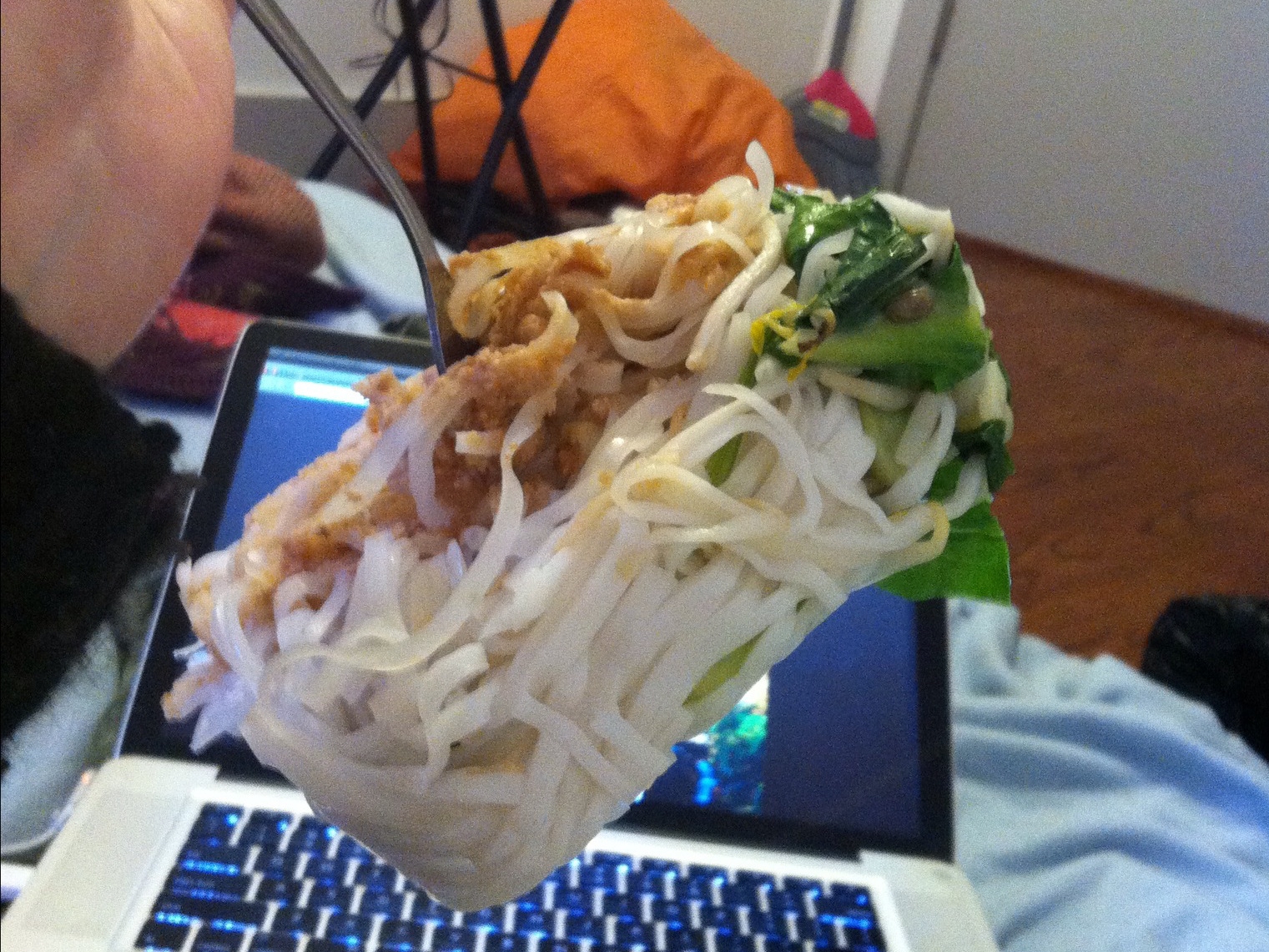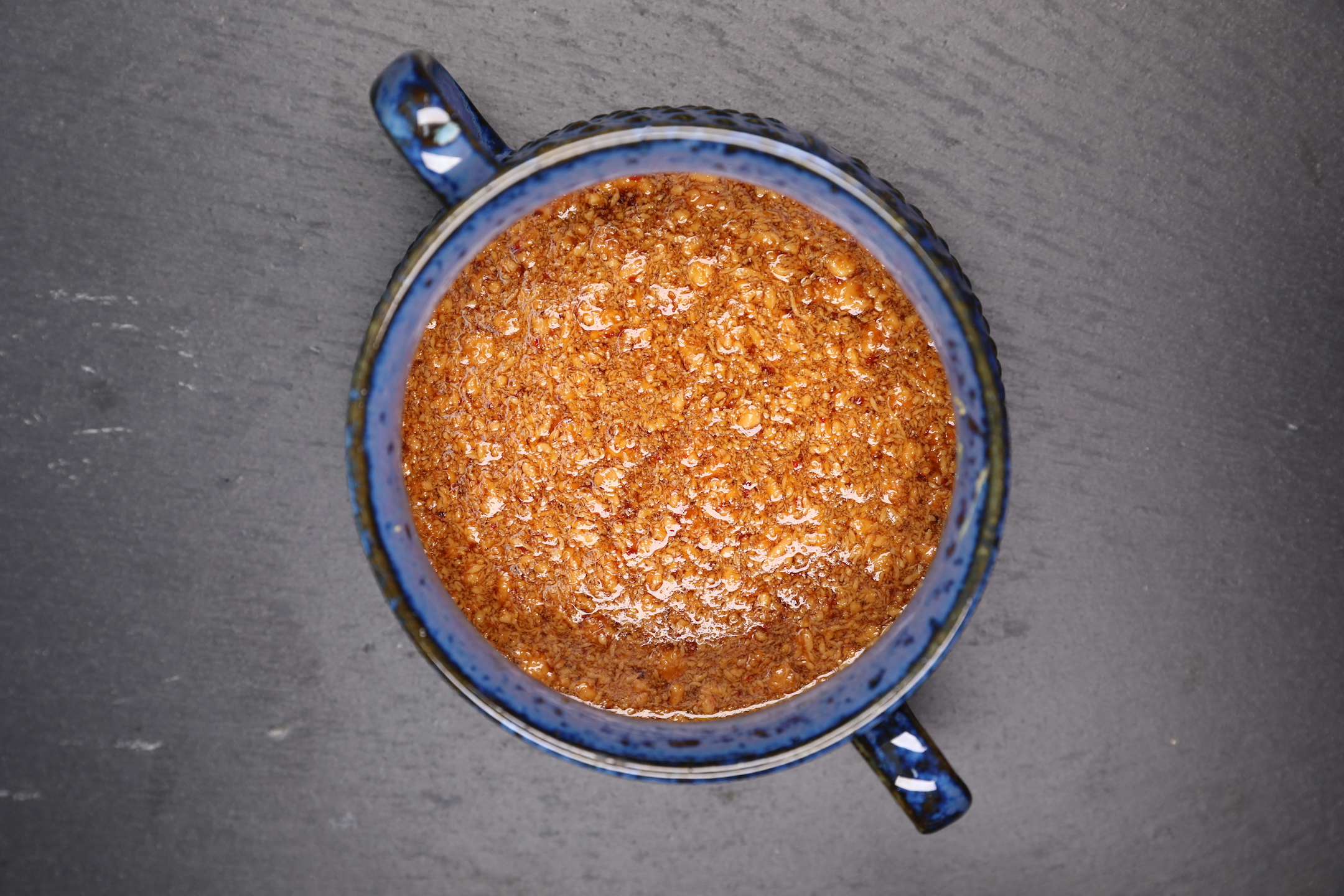We all experience sadness every now and again, especially during certain times in our lives and in the face of extremely difficult circumstances. There are times when it’s completely appropriate to feel sad, and that sadness is something that we can’t expect to be cured through diet, it’s a normal part of the human experience. But when the sadness is persistent and seems to follow us around wherever we go, that is called depression.
Clinical depression is caused by a chemical imbalance in our brain, which is a problem that can sometimes be solved through making better dietary choices.
There are many studies demonstrating the relationship between higher fruit and vegetable consumption and a lower risk of depression. Generally the research shows that the more whole plant foods you eat, the lower your risk of depression.
There are a number of components through which which fruits and vegetables prevent depression. Lycopene, the red pigment predominantly found in tomatoes, but also present in watermelon, pink grapefruit, red cabbage, and carrots, is the most powerful antioxidant amongst the carotenoid family. If you measure the levels of carotenoid phytonutrients in nearly 2,000 people across the country, a higher total blood carotenoid level was associated with a lower likelihood of elevated depressive symptoms, and there appeared to be a dose-response relationship, meaning the higher the levels, the better people felt.
Polyphenols, found in fruit and vegetables fight oxidative stress and improve the functioning of neurotransmitters like dopamine and serotonin, which are responsible for regulating our moods. And vitamin C, found in high amounts in many fruits and vegetables, is actually a cofactor in the production of Dopamine.
So with this direct effect on our neurochemistry, it should be no surprise that fruits and vegetables have the ability to lift our mood. Does this mean that the answer to depression is just to eat more fruits and vegetables? Well, not quite.
It turns out certain foods actually have the ability to make us more depressed. Arachidonic acid is a type of Omega 6 fatty acid found in animal-based foods with the highest amounts found in chicken, eggs, beef, sausage, and fish. The oxidation of Arachidonic acid creates pro-inflammatory compounds in our body. This inflammation in our brain adversely impacts our mental health.
In this study on women, higher levels of Arachidonic acid were associated with a 45% higher risk of suicide and 47% increase risk in major depressive episodes.
When people are put on a plant based diet that limits Arachidonic acid, they experienced an improved mood after just 2 weeks. Plant based diets were also associated with 30% less markers for inflammation. So when choosing a diet that will have the greatest affect on our mood, it's not just about adding in more fruits and vegetables, but also removing the animal based foods that cause inflammation, as depression may actually be a physical disease which is exacerbated by proinflammatory compounds.

















































































